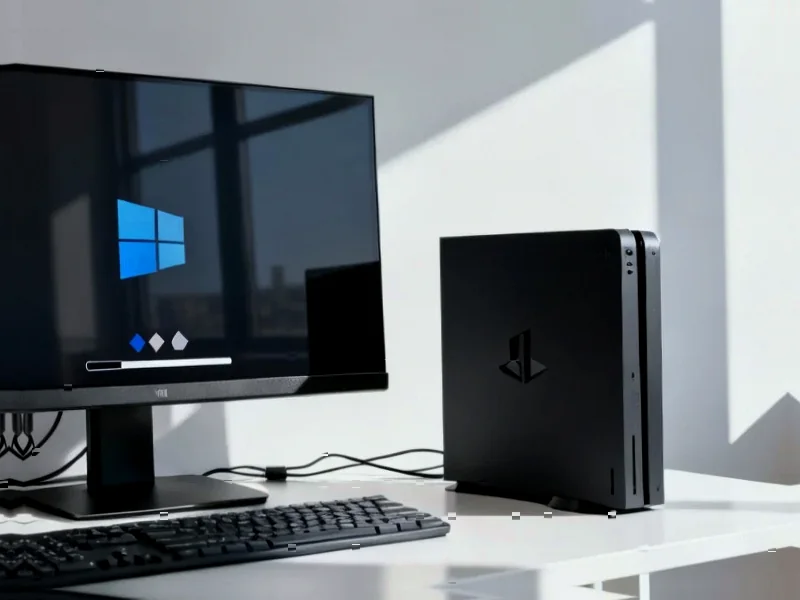According to TheRegister.com, Linux has finally cracked 3% market share on Valve’s Steam platform, hitting 3.05% in the latest monthly hardware survey. That’s up 0.37 percentage points from last month and represents a significant jump from the October 2024 results, which showed Linux at exactly 2%. Over the past year, Linux gaming has grown by roughly 50% in market share terms. Meanwhile, Boiling Steam reports that Windows games’ compatibility on Linux is at an all-time high, with nearly 90% of titles now managing to launch. The timing of this surge is particularly interesting given Microsoft’s recent Windows 11 Recall feature announcement in early October.
What’s actually driving this?
Look, 3% might not sound like much in the grand scheme of things. But in the gaming world, that’s actually meaningful. We’re talking about crossing a threshold where developers might actually start paying attention. And here’s the thing – this isn’t just the Steam Deck effect anymore. Valve’s handheld has been around since 2021, so that’s old news at this point.
So what changed? Well, the Steam hardware survey shows this bump happened right after Microsoft announced Windows 11’s Recall feature in early October. You know, that always-on AI recording everything you do? Coincidence? Probably not. Gamers are notoriously privacy-conscious, and that feature set off alarm bells across the community.
But does “compatible” actually mean playable?
Now, about that 90% compatibility figure – we need to be realistic here. “Launches” doesn’t necessarily mean “plays well.” A game might start up but run at 10 FPS, or have graphical glitches, or crash during gameplay. And let’s not forget anti-cheat software, which often talks directly to Windows at a level that emulation can’t easily handle.
Still, being able to launch is the first step. It’s the difference between “this won’t work at all” and “we can probably fix this.” For developers and publishers, that’s a meaningful distinction. Basically, we’ve moved from “impossible” to “fixable” for most games.
Where does Linux gaming go from here?
The real test will be whether this growth sustains. We’ve seen Linux gaming bumps before that eventually flattened out. But this feels different. With devices like the Lenovo Legion Go S officially shipping with SteamOS, and Microsoft continuing to make questionable decisions with Windows, the stars might actually be aligning for Linux gaming.
I think we’re watching something shift here. When nearly 90% of Windows games can at least launch on Linux, and market share jumps 50% in a year, we’re not talking about a niche hobby anymore. We’re talking about a viable alternative that’s actually gaining traction. And in the gaming world, that’s huge.




